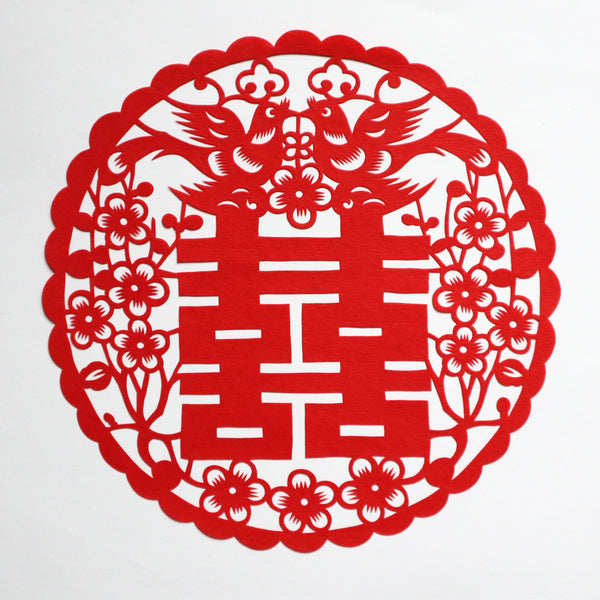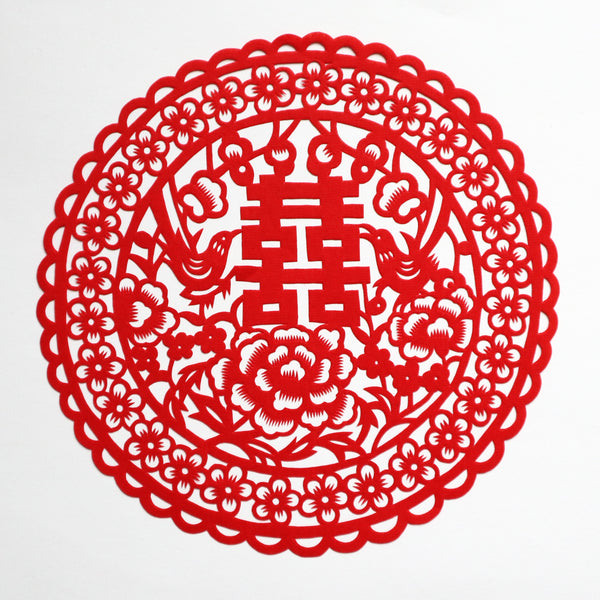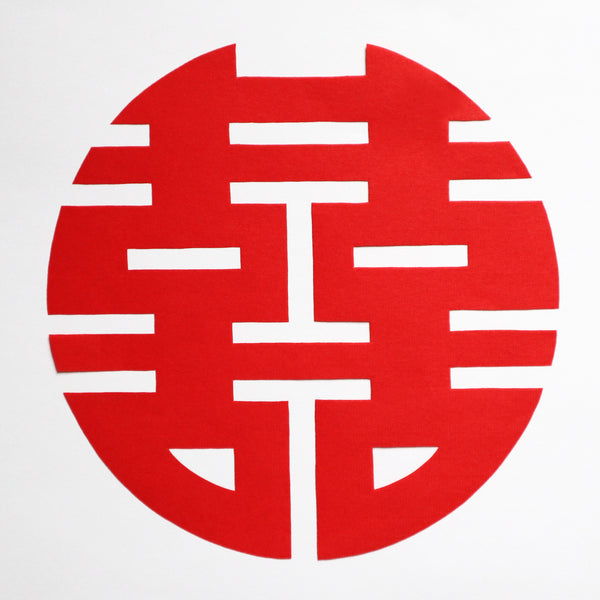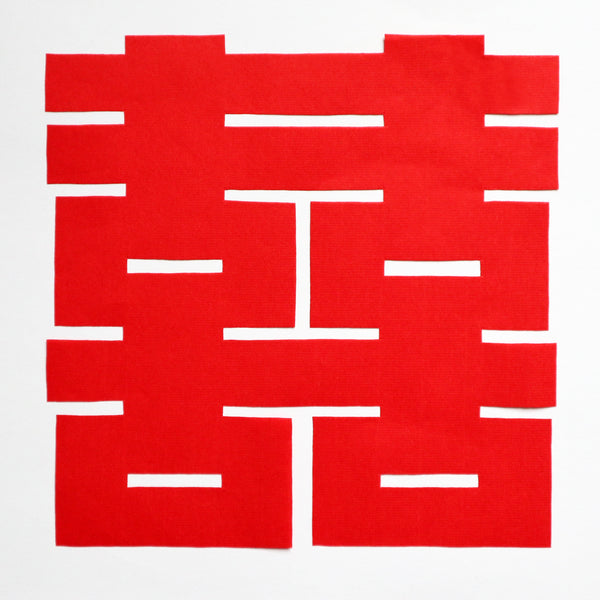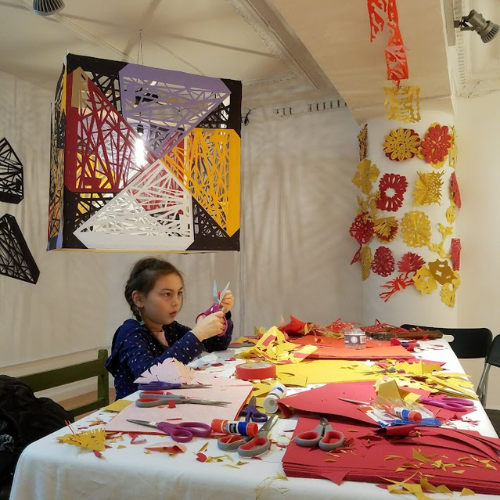
Chinese Paper Cutting: From Sacred Rituals to Contemporary Art
Red paper cut decorations are a common sight during Lunar New Year, at traditional Chinese weddings, and other times of celebration in Chinese culture. Their beautiful and intricate designs adorn windows, doors, and walls in homes and businesses alike. But what do they mean and where do they come from?
Like almost everything in China, paper cutting is very old
Depending on the source, the folk art of paper cutting originated either in the second century — when inventor and politician Cai Lun invented paper — or the sixth century when it began as a sacred ceremonial practice. Eventually, paper cutting became more common, and forms of the art spread to other parts of the world, including kirigami in Japan, pabalat in the Bulacan province of the Philippines, and papel picado in Mexico.
The decorations are also known as window flowers
What better way to take advantage of the complex negative spaces of these chuang hua than by placing them on windows and letting the light shine through?
There’s a wide array of designs
Chinese characters. Paper cuts with fu, the Chinese character for fortune, especially for the Lunar New Year. Shuang xi, or double happiness, is imperative for weddings while shou, or longevity, is a must-have for birthdays of older family members.
Animals. The powerful dragon, legendary jade rabbit, and the animals from the Chinese zodiac are typical go-tos. Another popular critter is the crane, which represents longevity while a carp jumping over a dragon gate depicts a leap toward a better life.
Auspicious symbols. Peonies aren’t just beautiful, they’re positively royal. Known as the “king of the flowers” in China, they embody virtue, prosperity, and honor. Other lucky designs include the pomegranate for fertility and the pine tree for long life.
Scenes from daily life. Caring for plants or children are everyday scenes you might find in paper cuts, and because these decorations are traditionally popular among farmers, you might also see agricultural displays such as farming or caring for animals.
Fantastic scenes. Other designs might portray scenes from myths, local dramas, and Peking operas.
The designs also vary depending on region
Chinese paper cutting styles falls into three main schools:
Northern. The northern style originates from the cities of Yuxian and Fengning in Hebei Province, as well as parts of Shaanxi and Shandong provinces, the style is described as simple and rough yet expressive and magnificent.
Jiangsu and Zhejiang Provinces. Located on the east coast of China south Shandong, these provinces' variety is known for being fine and delicate.
Southern. From the cities of Foshan of Guangdong Province, Wuhan of Hubei Province, and Zhangpu of Fujian Province, the southern approach is at once delicate and vivid, and often shows scenes from nature such as birds and flowers.
Chinese paper cutting is protected by the government
UNESCO added Chinese paper cutting to its list of Intangible Cultural Heritage of Humanity in 2006, giving this precious folk art government protection.
People are still paper cutting today — and taking it to a whole new level
While some artists continue the more traditional design using red paper, others are giving this long-lived “farmer’s art” a contemporary spin. We were lucky enough to have one of those artists, Xin Song, exhibit in our art gallery. Learn more about her exhibition.
Check out our paper cut collection.

